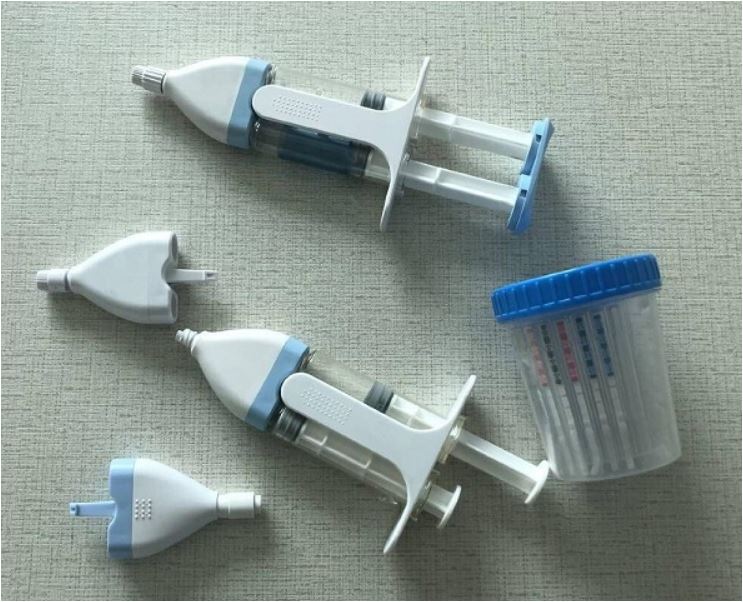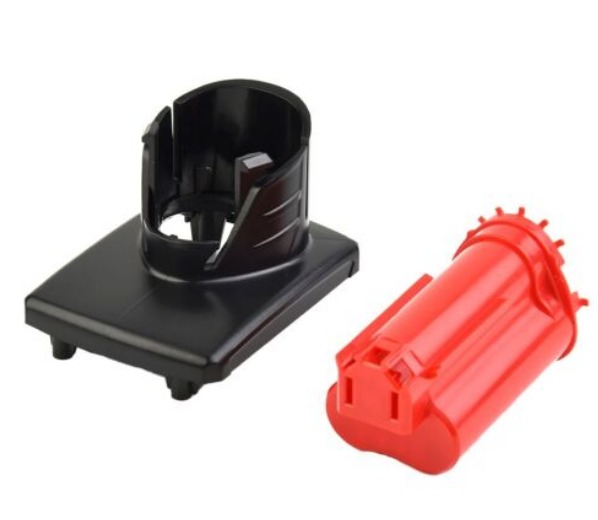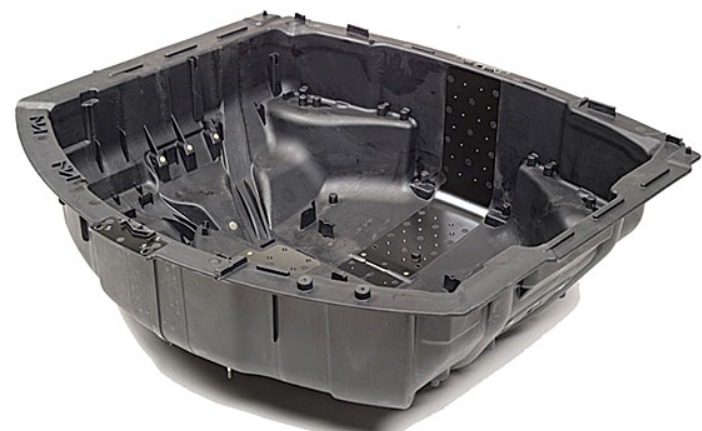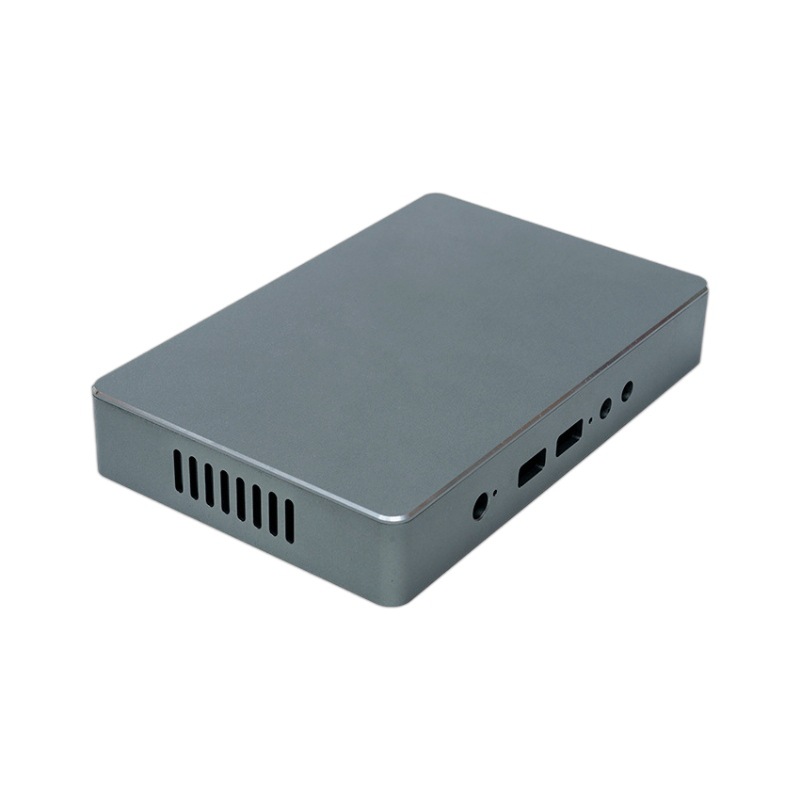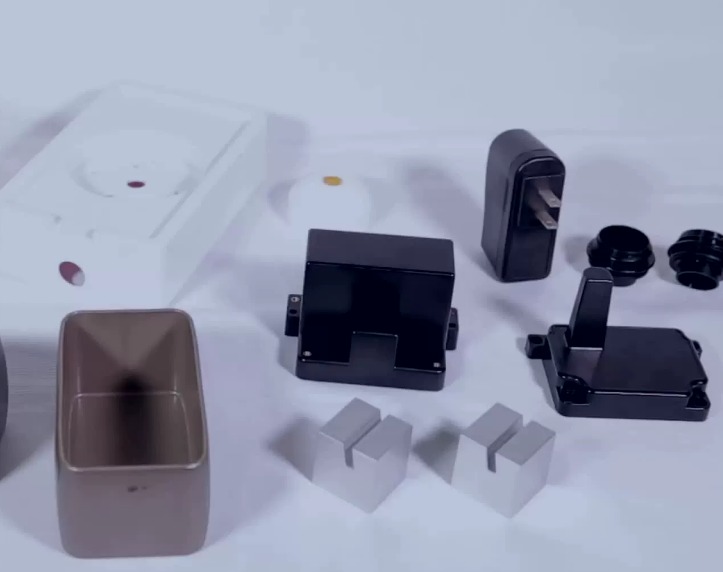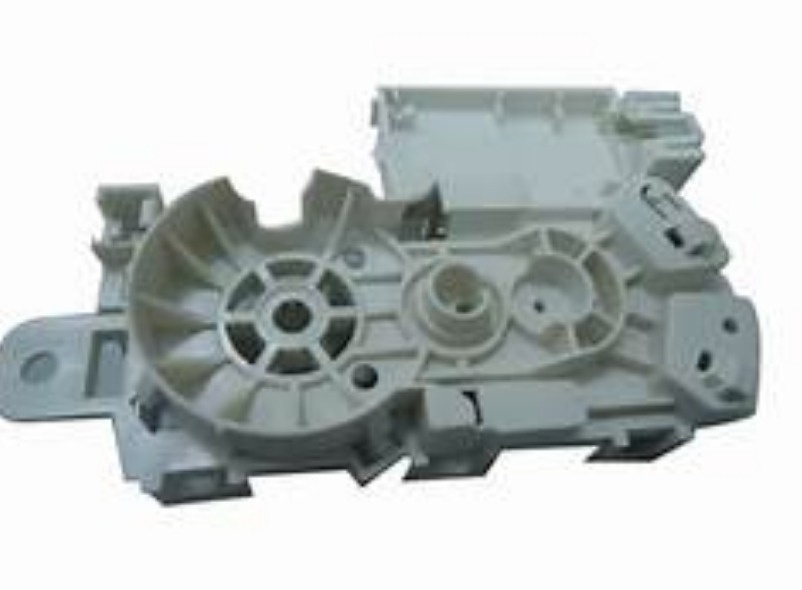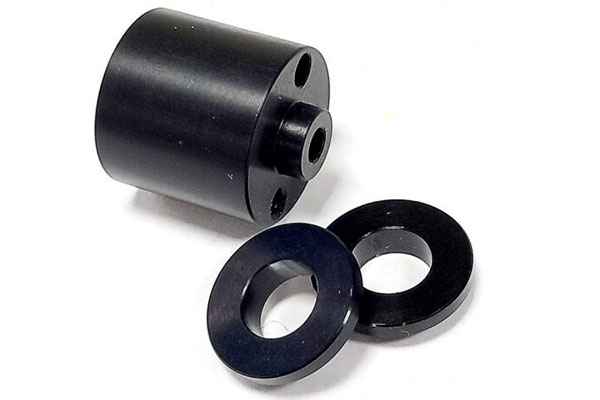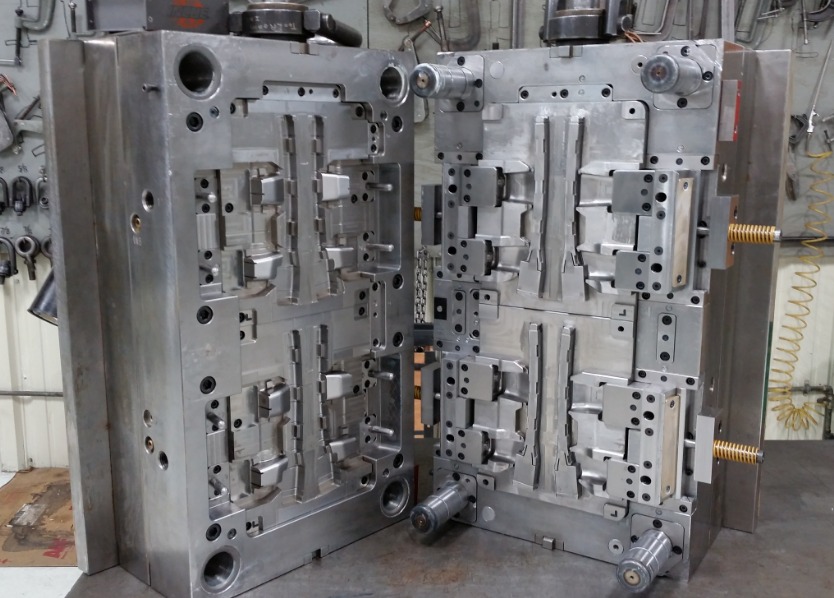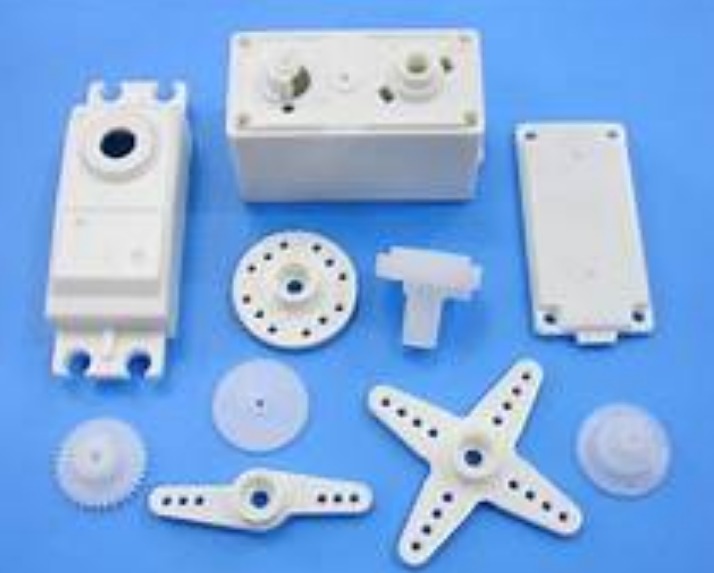Introduction
What is Injection Production Process
The injection production process is a widely used manufacturing method in the plastics industry. It involves injecting molten material, typically plastic, into a mold cavity under high pressure. This process allows for the creation of complex and precise plastic parts with high production efficiency.
Here's a step - by - step breakdown of the basic injection production process:
- Material Preparation: The raw plastic material, which can come in the form of pellets or granules, is first dried to remove any moisture. Moisture in the plastic can cause defects in the final product, such as voids or surface imperfections. For example, in the production of high - quality plastic automotive parts, the plastic pellets are carefully dried to ensure a smooth and defect - free finish.
- Melting: The dried plastic material is fed into a heated barrel. Inside the barrel, a screw mechanism rotates, gradually melting the plastic as it moves along the barrel. The temperature inside the barrel is precisely controlled to reach the melting point of the specific plastic being used. For instance, for polyethylene (PE), the melting temperature typically ranges from 110 - 130°C, while for polypropylene (PP), it is around 160 - 170°C.
- Injection: Once the plastic is fully molten, it is forced, or injected, into a closed mold cavity through a nozzle. The high - pressure injection ensures that the molten plastic fills every detail of the mold cavity, replicating the shape of the mold. The injection pressure can vary widely depending on the complexity of the part and the plastic material, but it often ranges from 50 - 200 MPa.
- Cooling and Solidification: After the mold is filled, the plastic is allowed to cool down. As it cools, the plastic solidifies, taking on the shape of the mold cavity. Cooling is a crucial step as it affects the dimensional stability and quality of the final product. To speed up the cooling process, molds are often equipped with a cooling system, such as channels through which water or other coolants can flow.
- Ejection: Once the plastic part has cooled and solidified sufficiently, the mold opens, and the finished part is ejected. Ejection is usually achieved using ejector pins or other mechanical means, which push the part out of the mold cavity.
Key Stages of Injection Production Process
Plasticization
Plasticization is the first crucial stage in the injection production process. Plastic granules are fed into the barrel of the injection molding machine. Inside the barrel, a combination of external heating and the mechanical action of a rotating screw takes place. The external heating elements raise the temperature of the barrel to the melting point of the plastic material. For example, for acrylonitrile butadiene styrene (ABS) plastic, the typical melting temperature ranges from 200 - 230°C.
The rotation of the screw not only conveys the plastic granules forward but also generates frictional heat, which further aids in the melting process. The speed of the screw rotation, known as the screw speed, plays a significant role. A higher screw speed can increase the rate of plasticization, but it also needs to be carefully controlled. If the screw speed is too high, it can cause over - heating of the plastic, leading to degradation of the material properties. Additionally, the temperature profile along the barrel is carefully adjusted. Usually, the temperature is set to increase gradually from the hopper end to the nozzle end of the barrel to ensure proper melting and homogenization of the plastic.
Injection
Once the plastic is fully plasticized and in a molten state, the injection stage begins. The molten plastic is forced into the closed mold cavity through a nozzle at high pressure. The injection pressure is a critical parameter. High injection pressures, typically ranging from 50 - 200 MPa depending on the plastic material and the complexity of the mold, are used to ensure that the molten plastic fills every intricate detail of the mold cavity.
For instance, when producing small, detailed plastic components like electronic connectors, a higher injection pressure might be required to ensure that the plastic reaches all the narrow channels and cavities in the mold. The injection speed, which determines how quickly the molten plastic is pushed into the mold, also affects the filling process. A faster injection speed can reduce the filling time, but it may also cause issues such as air entrapment or jetting (where the plastic shoots into the mold cavity in a non - uniform stream). So, finding the right balance between injection pressure and speed is essential to achieve a well - filled mold with minimal defects.
Cooling and Solidification
After the mold is filled with molten plastic, the cooling and solidification stage commences. This stage is vital as it determines the final shape, dimensional stability, and mechanical properties of the plastic product. The mold is equipped with a cooling system, usually consisting of channels through which a coolant, such as water, flows.
The cooling time is a crucial factor. If the cooling time is too short, the plastic may not solidify properly, leading to warping, shrinkage, or even the collapse of the part when it is ejected from the mold. On the other hand, an overly long cooling time can reduce production efficiency. The temperature of the mold also needs to be precisely controlled. Different plastic materials have different optimal mold temperatures for cooling. For example, for polypropylene (PP), a mold temperature in the range of 30 - 70°C is commonly used. By maintaining the right mold temperature, the plastic cools evenly, resulting in a product with consistent properties.
Ejection
Once the plastic part has cooled and solidified sufficiently, it is time for the ejection stage. In this stage, the mold opens, and the finished product is removed from the mold cavity. Ejection is typically achieved using an ejection system, which often includes ejector pins. These ejector pins are strategically placed in the mold to push the plastic part out without causing damage.
The force applied by the ejector pins needs to be carefully calibrated. If the force is too low, the part may not be ejected properly, and if it is too high, it can cause deformation or breakage of the part. Some molds also use other ejection mechanisms, such as air ejection, where compressed air is used to gently push the part out of the mold. Additionally, proper lubrication or the use of release agents can aid in the smooth ejection of the part from the mold. After ejection, the part may undergo further post - processing steps such as trimming, finishing, or assembly, depending on the requirements of the final product.
Factors Affecting Injection Production
Material Selection
The choice of material in injection production is crucial as it directly impacts both the injection process and the final product's performance. Here are some common injection - molding materials and their characteristics:
- Polypropylene (PP): PP is a widely used thermoplastic. It has a relatively high melting point, around 160 - 170°C. PP offers good chemical resistance, high stiffness, and low density. In the injection process, its good flowability allows for easy filling of the mold cavity. For example, in the production of plastic buckets, PP's high stiffness ensures that the bucket can maintain its shape and withstand normal use, while its chemical resistance makes it suitable for storing various substances. However, PP has relatively low impact strength at low temperatures, which may limit its use in some cold - environment applications.
- Polyethylene (PE): There are different types of PE, such as high - density polyethylene (HDPE) and low - density polyethylene (LDPE). HDPE has a higher density and is more rigid, while LDPE is more flexible. PE has excellent chemical resistance and is easy to process. Its melting temperature typically ranges from 110 - 130°C. In the injection production of plastic pipes, HDPE is often used due to its high strength and durability. The easy processing nature of PE allows for efficient production of complex - shaped pipes with smooth inner and outer surfaces.
- Acrylonitrile Butadiene Styrene (ABS): ABS is a terpolymer with good mechanical properties, including high impact resistance, strength, and rigidity. It has a melting range of 200 - 230°C. ABS also has good surface finish and can be easily colored. In the manufacturing of electronic device housings, ABS's high impact resistance protects the internal components from damage during normal use or accidental drops, and its good surface finish gives the product an aesthetically pleasing appearance.
Mold Design
Mold design plays a fundamental role in the injection production process and the quality of the final product.
- Mold Structure: A well - designed mold structure ensures the smooth operation of the injection process. The mold should have proper alignment and locking mechanisms to prevent misalignment during injection, which could lead to defects such as flash (excess plastic around the edges of the product). For example, a two - plate mold is a common structure where the cavity and core are separated into two plates. This simple structure is suitable for many basic plastic part productions, allowing for easy ejection of the finished product.
- Gate Types: Different gate types have different effects on the injection process. For instance, a direct gate is simple and allows for high - pressure injection, but it may leave a large gate mark on the product surface, so it is often used for products where surface appearance is not a primary concern, like some industrial components. A point gate, on the other hand, is small and leaves a minimal mark on the product, making it ideal for products with high - quality surface requirements, such as small cosmetic containers.
- Cooling Water Channel Design: Efficient cooling is essential for reducing the cycle time and ensuring product quality. The cooling water channels in the mold should be designed to provide uniform cooling. If the cooling is uneven, it can cause warping or internal stress in the product. For example, in the production of large - scale plastic panels, the cooling water channels are often arranged in a grid - like pattern to ensure that all parts of the panel cool down evenly, resulting in a flat and stress - free product.
Process Parameters
Process parameters in injection production significantly influence the quality and characteristics of the final product. Here is a comparison of how different parameters affect the product:
| Parameter | Low Setting | High Setting | Impact on Product |
| Injection Pressure | May result in incomplete filling of the mold cavity, leading to short - shot products. For example, when making a complex - shaped plastic toy, low injection pressure may cause some small details not to be filled with plastic. | Can cause flash (excess plastic around the product edges), over - packing, and high internal stress in the product. High - pressure injection on a thin - walled plastic box may cause the walls to be over - filled, leading to a change in the box's shape and increased internal stress. | |
| Injection Speed | Slow injection speed can cause the plastic to cool prematurely during filling, resulting in flow marks, weld lines, and poor surface finish. When producing a plastic part with a large surface area, slow injection speed may lead to visible flow lines on the surface. | High injection speed can cause air entrapment, jetting (uneven plastic flow), and excessive shear stress on the plastic, which may degrade the material properties. In the injection of a small, intricate plastic part, high injection speed may cause air to be trapped inside, creating voids in the product. | |
| Temperature (Barrel and Mold) | Low barrel temperature can lead to incomplete melting of the plastic, resulting in a product with unmelted plastic particles, poor surface finish, and weak mechanical properties. If the barrel temperature is too low when injecting ABS, the product may have a rough surface and lower impact resistance. Low mold temperature can cause rapid cooling of the plastic, leading to high internal stress, warping, and poor dimensional stability. | High barrel temperature may cause the plastic to degrade, resulting in discoloration, brittleness, and off - gassing. High mold temperature can increase the cycle time and may also cause the product to stick to the mold, making ejection difficult. | |
| Holding pressure time | Insufficient holding time can lead to shrinkage, sink marks, and low product density. When making a plastic bottle, short holding time may cause the bottle walls to have sink marks due to insufficient compensation for plastic shrinkage during cooling. | Excessive holding time can increase the cycle time, waste energy, and may also cause over - packing and high internal stress in the product. |
Yigu Technology's Perspective
As a non - standard plastic metal products custom Supplier, Yigu Technology has rich experience in the injection production process. Our state - of - the - art equipment allows us to precisely control every parameter in the injection production, from plasticization temperature to injection pressure. For example, our advanced injection molding machines can maintain a very stable temperature during the plasticization stage, ensuring the uniform melting of plastic materials.
Our professional team consists of experienced engineers and technicians who are well - versed in mold design, material selection, and process optimization. They can provide customized solutions according to different customer requirements. Whether it's a complex - shaped plastic part or a high - precision metal - plastic composite product, we can meet the needs with high - quality products and services. We also focus on communication with customers throughout the production process, from the initial design concept to the final product delivery, to ensure that every detail meets the expectations of our customers.
FAQ
1. What are the common defects in injection production and how to solve them?
Common defects include short - shot (incomplete filling), flash (excess plastic), warping, and sink marks. Short - shot can be solved by increasing injection pressure or speed, ensuring proper material drying, and checking for blockages in the injection system. Flash can be addressed by adjusting the mold closure force, checking for mold damage or misalignment, and reducing injection pressure. Warping can be minimized by optimizing the cooling system to ensure uniform cooling, adjusting the injection and holding pressure, and selecting the right material. Sink marks can be reduced by increasing the holding time, adjusting the gate size and location, and using materials with lower shrinkage rates.
2. How to choose the right plastic material for injection production?
Consider factors such as the product's application, required mechanical properties (like strength, flexibility, and impact resistance), chemical resistance, temperature resistance, and cost. For example, if the product will be exposed to chemicals, choose a material with good chemical resistance like polypropylene. If high - temperature resistance is needed, materials like polyetheretherketone (PEEK) might be suitable. Also, consider the material's processability in injection molding, such as its flowability and melting point.
3. Can injection production be used for small - batch production?
Yes, although injection production is often associated with high - volume production due to the high cost of mold making, it can also be used for small - batch production. For small - batch production, some manufacturers may use rapid prototyping techniques to create molds at a lower cost, or they may share the cost of mold making among multiple customers. Additionally, modern injection molding machines are more flexible and can be adjusted to handle different batch sizes efficiently.
